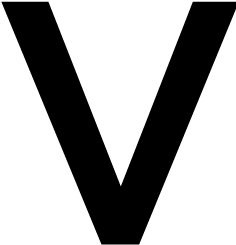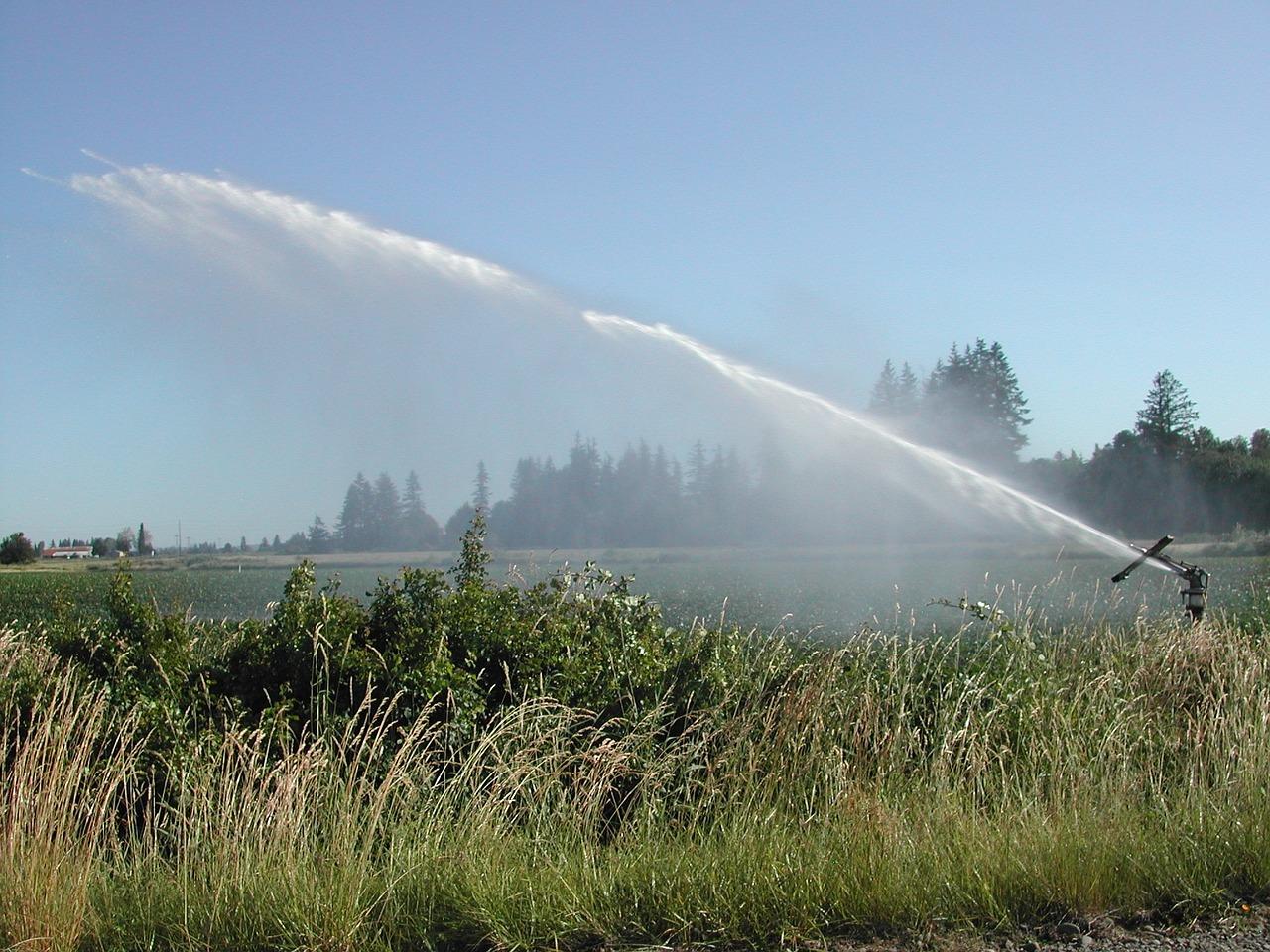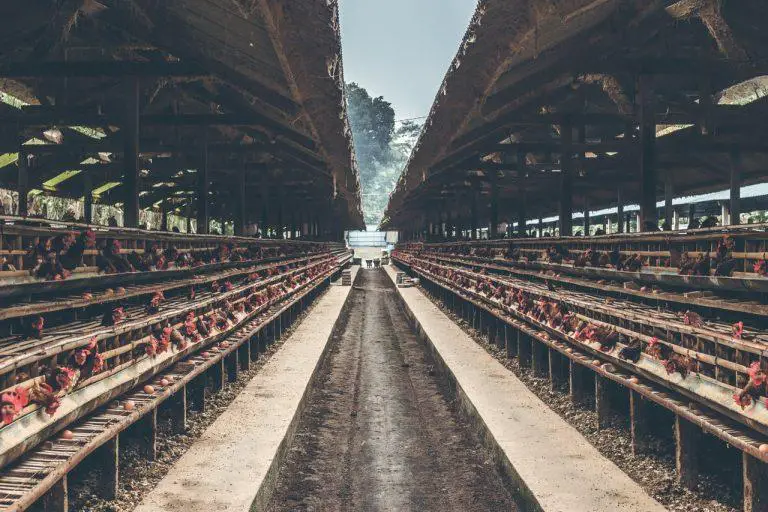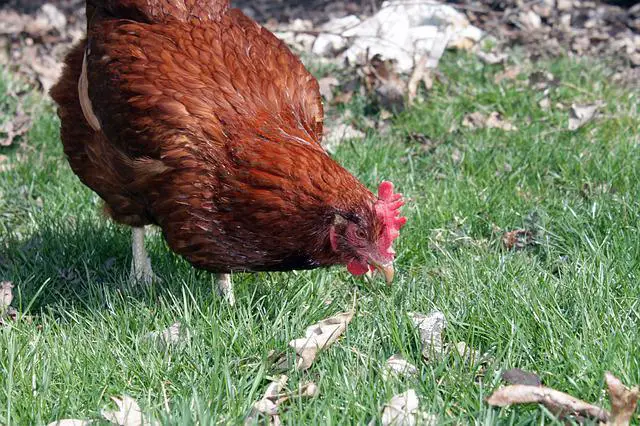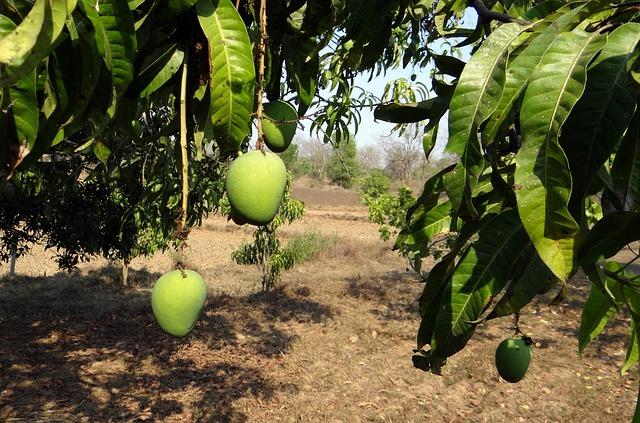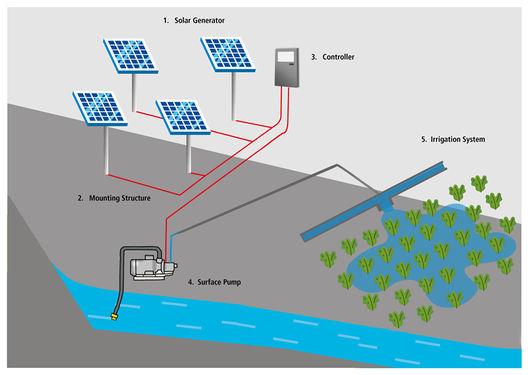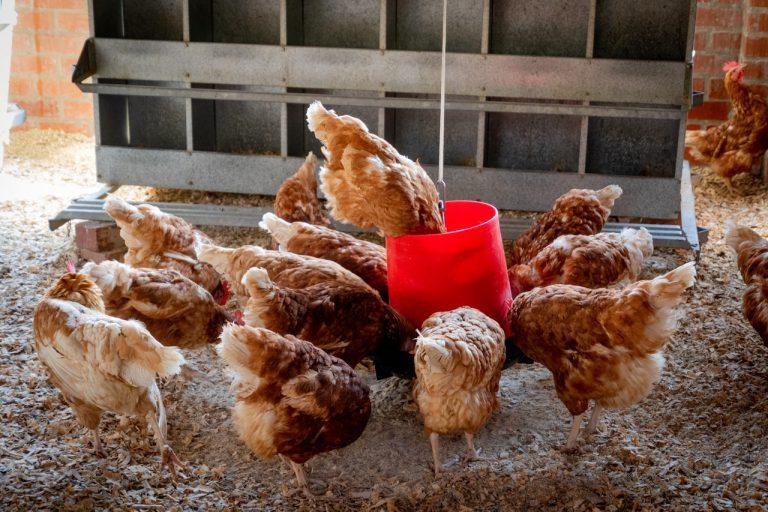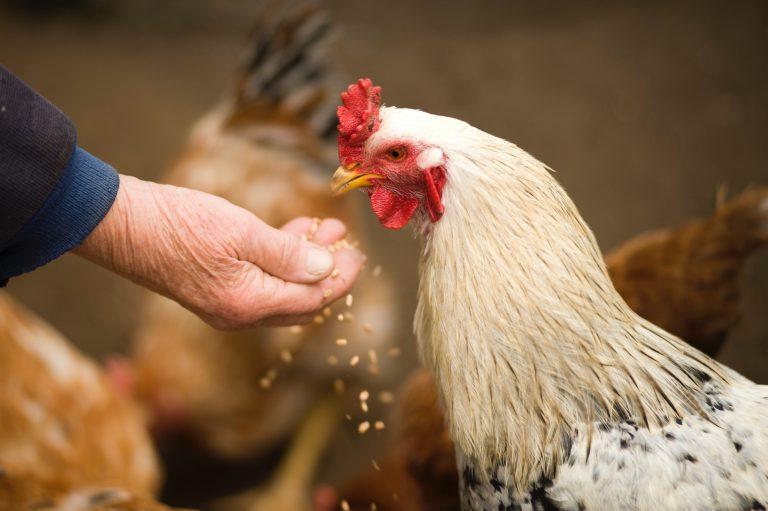Guide to Choosing the Right Irrigation System
Irrigation is the application of water to the farm field, to supplement natural sources of water to plants. One of the major reasons farmers irrigate their farms is so as to be able to farm when there is no rain. It also allows farming in closed spaces like greenhouses.
Irrigation has been used since time immemorial where ancient civilizations like ancient Egypt and Mesopotamia thrived due to irrigation.
Irrigation systems can be expensive. As a farmer, you need to choose the irrigation method that will work for you and ensure that you get maximum returns.
In this article, we look at the different types of irrigation systems and how to select the one that will work for you.
Advantages of irrigation
Irrigation has multiple benefits. Some of the benefits are:-
- Makes farming possible in areas with inadequate rainfall – Arid and semi-arid areas suffer from inadequate rainfall, making it hard to grow food. Irrigation allows farmers to be able to utilize their land for growing crops that would otherwise not be grown in those areas.
- Makes farming possible throughout the year – Rain fed irrigation has one disadvantage – it does not rain throughout the year. Irrigation makes it possible for you to grow crops throughout the year, in season and out of season.
- Makes growing crops inside structures possible – Structures such as greenhouse make it possible to create artificial conditions for plants to thrive. Since structures such as greenhouses are covered, water from the rain will not get to the plants. Irrigation makes it possible for plants to be supplied with water inside a greenhouse and other closed structures.
- Makes it possible to project crop production – Planning your crop production does not have to wait for the rains. With irrigation, you can plan your crop calendar to coincide with seasons when certain crops are not in the market. This makes it possible to enables you to sell at profitable prices when there is a low supply in the market.
Types of irrigation
The types of irrigation are based on the methods used to artificially bring water to plants. These include surface irrigation, manual irrigation, automatic irrigation, subsurface irrigation, and spate irrigation.
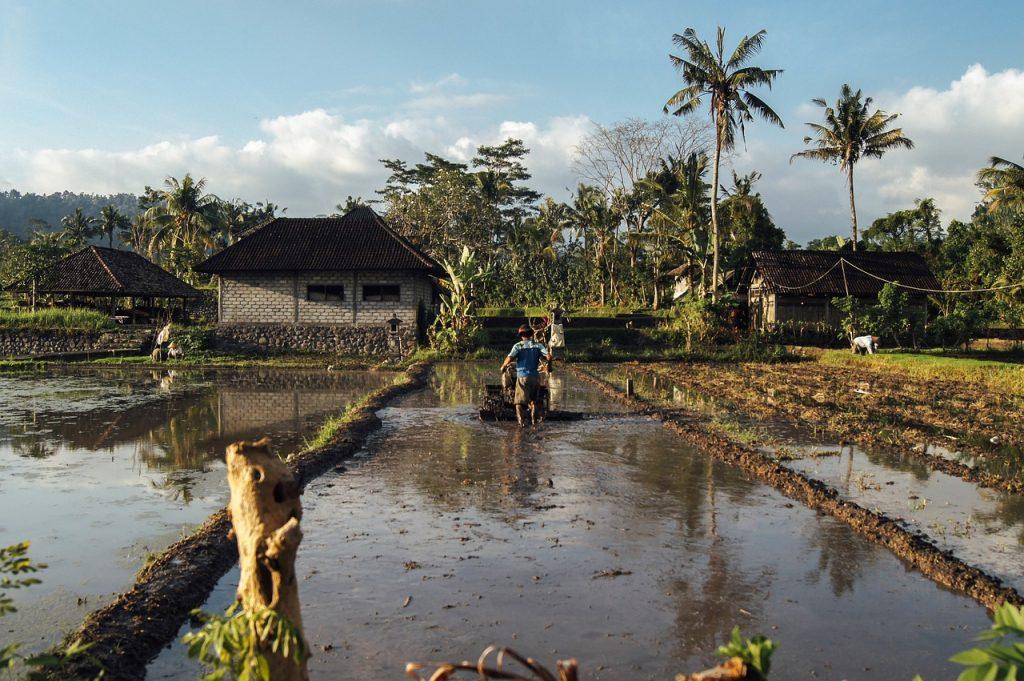
Surface Irrigation – Flood(Basin) Irrigation
Surface Irrigation
Surface irrigation is water that is applied to the surface of a farm field using gravity.
As the most used type of irrigation in the world, surface irrigation is ideal where irrigation water is available in plenty. One of the upsides of surface irrigation is it does not need any technology to work. It needs a careful design where the size of the farm field, slope from the water source, soil type, and gradient of the farm field is put into consideration.
With surface irrigation, the farmer will incur high initial costs, mainly labour costs but the cost of maintaining the system is low.
Advantages of surface irrigation
- Does not require technical expertise or equipment to construct and run.
- Can be done by any farmer, including small scale farmers since it does not require much input apart from labour.
Disadvantages of surface irrigation
- Requires level land and cannot work well on sloped land
- Works well only with soils with low filtration
- Once the land is flooded, this method does not allow mechanization using tractors or other mechanical methods of ploughing.
Types of Surface Irrigation
There are three types of surface irrigation. These are border irrigation, furrow irrigation, and basin irrigation.
Basin Irrigation
With basin irrigation, the entire farm field is flooded with water. Dykes are created all around the farm field so that water does not break out. The flow of water in and out of the basin can be controlled by opening and closing the inlet and outlet respectively. Basin irrigation works well for soils that have good water retention and crops that have deep roots that can tolerate flooding.
Border Irrigation
Border irrigation is a modification of the basin irrigation to support plants that cannot withstand flooding. Strips of land 6 to 30 meters wide are created. They are separated by raised ridges. The plants are planted on the ridges while flooding is done on the sunken strips.
Border irrigation is ideal for grain crops or fruit trees.
Furrow Irrigation
Furrow irrigation is a form of surface irrigation where small sunken channels are created across the farm field. The furrows are where water will pass, while the crops are planted between the furrows. This kind of irrigation is best for vineyards, row crops, and orchards.
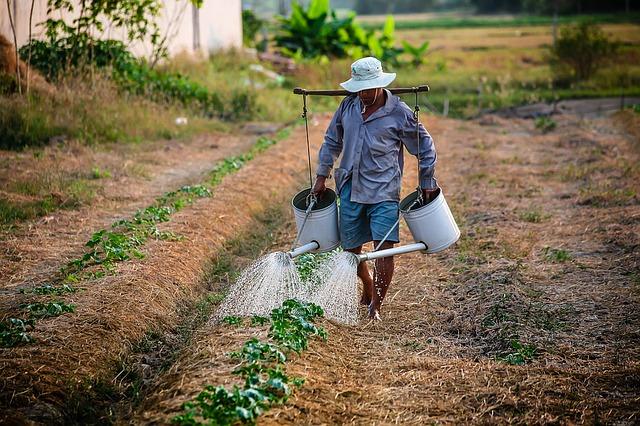
Manual Irrigation Using Watering Cans
Manual Irrigation
Manual irrigation is where the farmer manually does the watering of the crops. The methods of manual irrigation include watering cans, pitchers, bottle irrigation, porous sectioned pipes, and perforated plastic sleeves.
The beauty of manual irrigation is that it does not require specialized skills or tools. However, it requires high time and physical energy input.
Water Cans
Watering cans are containers that are carried around the field and used water plants. They can be fitted with a perforated end that sprinkles the water onto the field. The farmer controls how much water they apply on the land, making it a convenient method of irrigation.
Although watering cans require a lot of labour and movement, you can have multiple cans and water sources at different places of the farm to minimize movement and energy used.
Pitcher Irrigation
Ancient and efficient, the pitcher irrigation system uses porous clay pots that are dug into the ground near the roots of the plants. The water seeps into the soil slowly. The farmer needs to fill the pots regularly as the water levels get low.
Bottle irrigation
With bottled irrigation, bottles filled with water are dug upside down near the roots of the plant. The opening of the bottles opens up next to the roots and water seeps into the soil when the soil gets dry.
Porous Sectioned Pipes
Porous and sectioned pipes are pipes with holes that are dug into the ground horizontally to follow rows where crops are planted. The pipes are bent at one end to allow refilling with water. One pipe can be used to irrigate two rows.

Advantages of manual irrigation
- Cheap – manual irrigation is cheap since it includes the use of locally available materials. These materials can be recycled jars, cans, and buckets.
- Efficient – Manual irrigation is efficient since the farmer directs water where it is needed the most. An example is that the farmer will make sure the nursery bed is well watered so as to ensure that the seeds germinate and develop well. The farmer can decide what amount of water to use, hence eliminating wastage.
Disadvantages of manual irrigation
- Labour intensive – Manual irrigation is labour intensive since the farmer has to do the watering and refilling.
- Time intensive – Manual irrigation takes a lot of time that could otherwise be used elsewhere if the irrigation is automated.
We will be updating this article to include. Please sign up to our newsletter to get notified when we update
- Automatic Irrigation
- Sprinkler Irrigation
- Drip Irrigation
- Subsurface Drip Irrigation
- Spate Irrigation
- Challenges associated with irrigation and how to mitigate them
- Factors to consider when choosing the irrigation system to use
